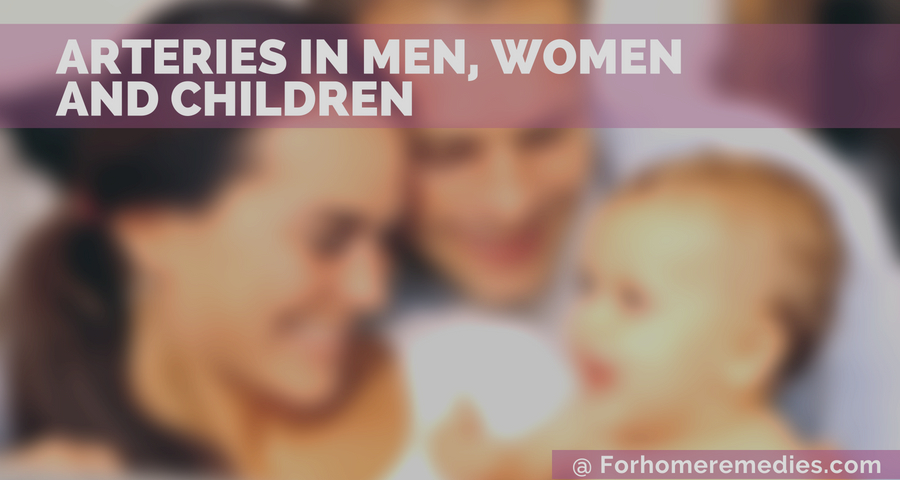Arteries or windpipes which usually carry blood away from the heart to the entire parts of our body work with different rates in different genders along with various age differences.
As in, however, arteries carry the oxygenated blood to the organs with every pump, yet the volume of carrying fluid varies differently from men to women and children to the older. So, let’s explore the different structure pattern of arteries in different genders apparently-
Arteries in Men:
Men contain different part of artery structure than women, and it is also proven that the structure difference leads men more susceptible towards the serious cardiovascular diseases than women. Femoral artery and femoral vein are two basic as well as most important blood vessels structured through the pelvic bone of men.
During the blood pumping session, arteries in men body branch off from the femoral artery with veins to transport oxygenated blood in the reproductive organs of a man. While the internal pudendal artery, one of the main vessels in men, carry the oxygen-rich blood to the penis and keep the erectile dysfunctions away from their male organ.
Testicular artery of men branch from the lower abdomen artery, produce blood to the testes of male organ and keep the sperm production rate health as well as normal naturally. On the other hand, internal iliac artery helps to supply an adequate amount of blood to the reproductive limb of men along with their whole pelvis area, and inferior vesical artery transports oxygenated blood to the bladder of men.

Arteries in Women:
Unlike men, women arteries, at least most of them come with a shield of hormones throughout their whole blood carrying process, till they reach the period of menopause.
Though the artery structure is quite similar in women like men, yet the blood carrying speed in arteries could vary in the different stages of their life, as in, women get speedy blood flow in their arteries during the stage of pregnancy or childbirth.
In addition, they get a different rate of flow during their menstrual cycle every month, accordingly, women consist more possibility of hypertension than men because of this artery differences.
The vaginal artery found only in females, supplies an adequate amount of blood to the reproductive female organ along with their bladder, while the ovarian artery keeps this reproductive part healthily protected with proper blood flow and uterine artery keep the excreted system well with the deoxygenating process.
The main vaginal artery is often represented by two to three branches from the main base to the bulb of the vestibule. The rate of the blood flow in women arteries varies from a certain period to only a few minutes, depending on the health position of woman.
Arteries in Children:
Arteries are those large vessels which carry oxygenated blood through the heart from each body parts and transferred into the microscopic vessels which we know as capillaries. This functioning is no exception in the body of a child or undeveloped persons, but only the structure comes with a small difference than the arteries of a fully grown human being.
When a baby grows in the womb of a mother, they get blood to flow through the umbilical vein, but once the fetus born, the whole cardiovascular system switches on through the initial pulmonary circulation. At the same time, the umbicial become overgrown right after their birth.
After a few certain hours, once the breathing process in an infant runs normally, baby start containing an opening artery system as an oval window, connecting the right and the left atrium to flow the blood uninterruptedly to the heart. It has been seen that the circulation of the open oval window drive a few deadly cardiovascular diseases to a person, especially if it keeps open for the rest of their life and not normally get closed by the valve after a few years.
